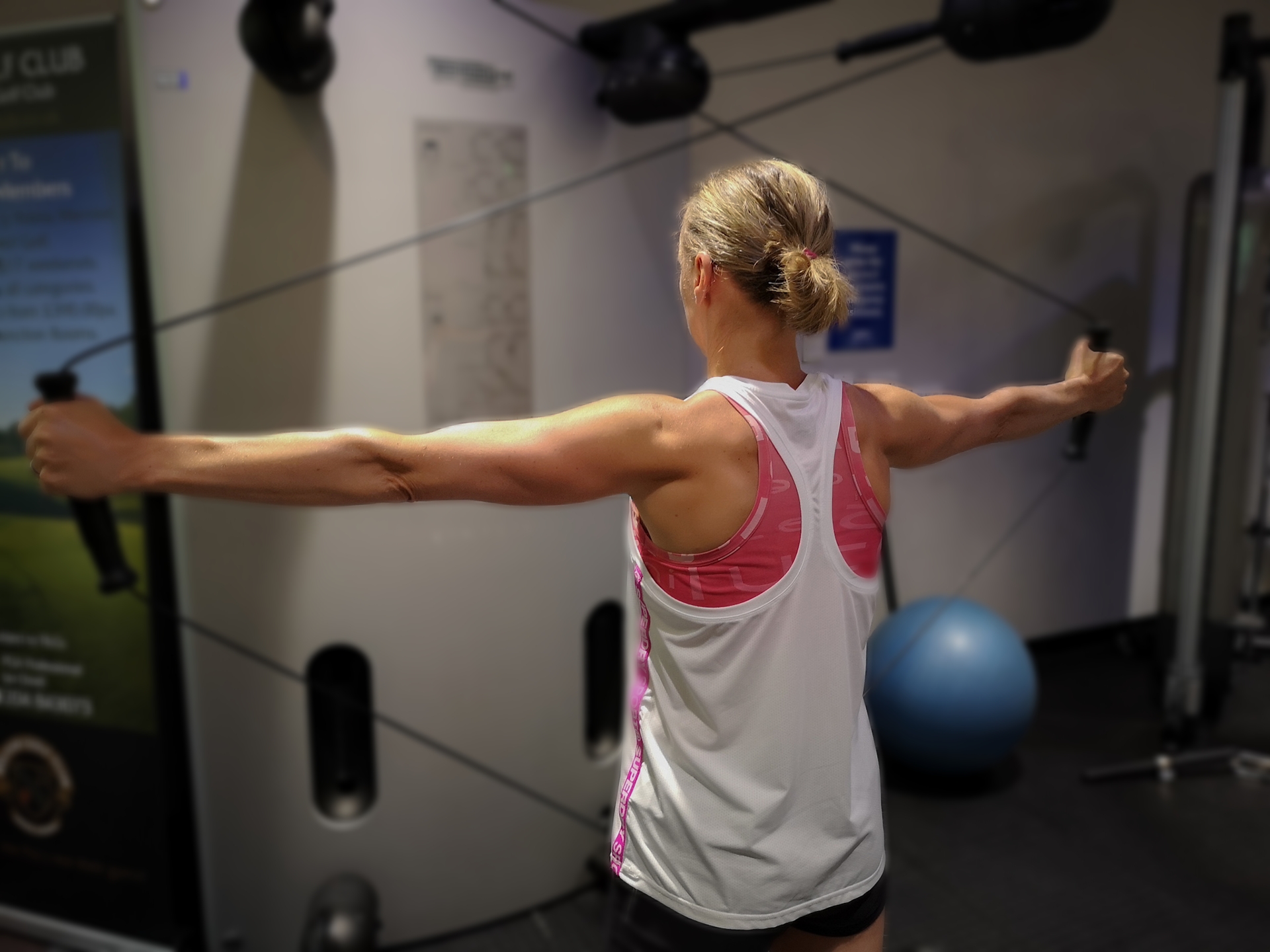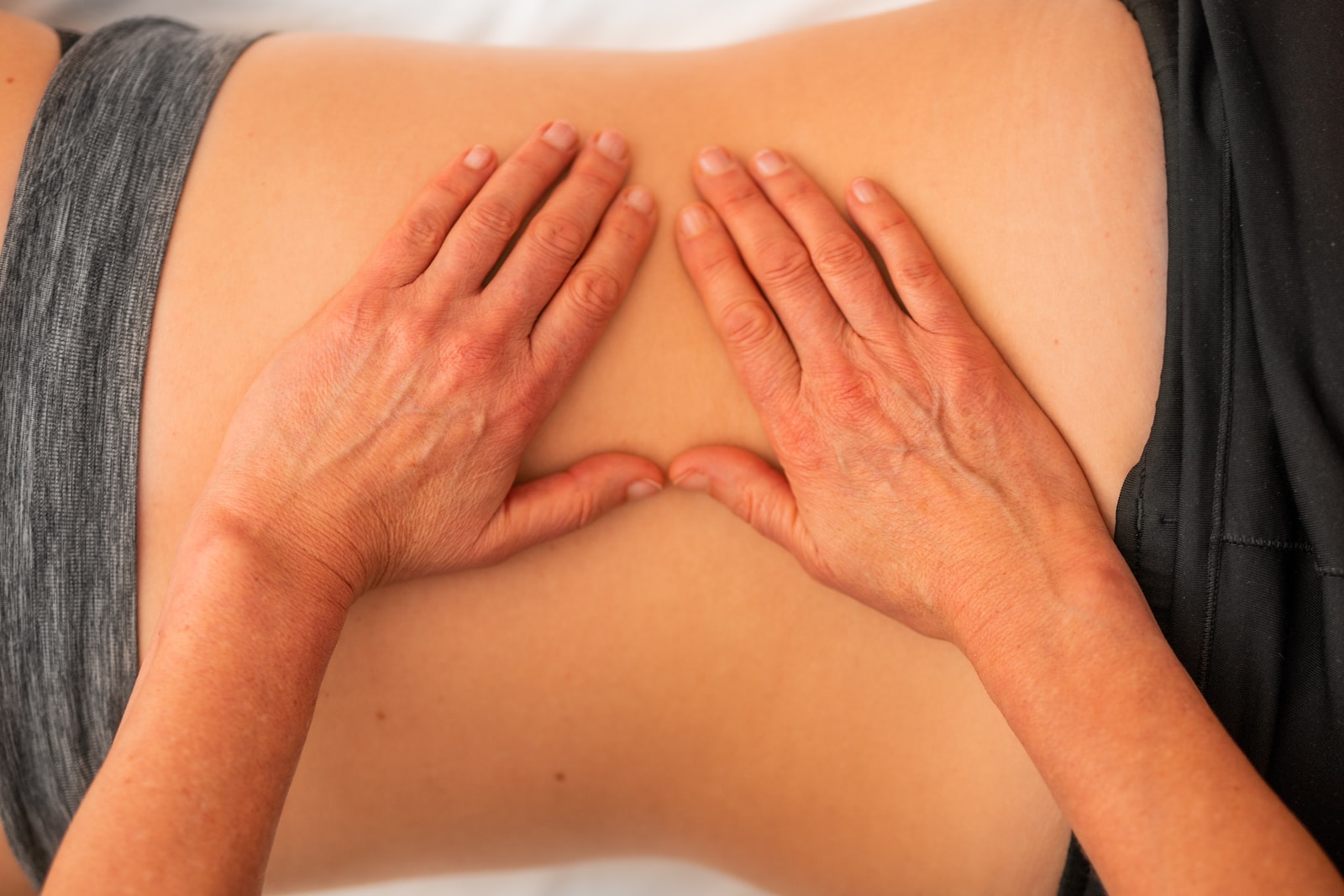We are now all more aware of the need to maintain a healthy balance of diet and exercise. Like many of you after the age of 40 you may begin to become aware of more aches and pains.
Some of you may have googled these or even seen you GP for their opinion.
Osteoarthritis (OA) is a common diagnosis given especially when we consider knee or hip pains.
The thought of your body wearing out can sometimes create a negative effect. Some of you may have even begun to reduce or stop exercising in the fear of making it worse.
In this blog, we look to explore what OA is, what it really means and what you can do about it.
What is Osteoarthritis?
Osteoarthritis is a common form of arthritis. Approximately 12 % of UK population suffering from it. It is a condition that affects your joints. The surfaces within your joints become damaged so the joint doesn’t move as smoothly as it should.
When a joint develops osteoarthritis, some of the cartilage covering the ends of the bones gradually roughens and becomes thin. The bone underneath thickens. All the tissues within the joint become more active as if your body is trying to repair the damage.
This can lead to bony spurs called osteophytes. The synovium (the inner layer of the joint capsule which produces synovial fluid) may thicken and make extra fluid. This causes your joint to swell.
The capsule and ligaments slowly thicken and contract as if they were trying to make your joint more stable.

Sometimes your body’s repairs are quite good. The changes inside your joint won’t cause pain or problems. But in severe osteoarthritis, the cartilage can become so thin that it doesn’t cover the ends of your bones. Your bones rub against each other and start to wear away. The loss of cartilage, the wearing of bone and the bony spurs can change the shape of your joint, forcing your bones out of their normal position. www.arthritisresearchuk.org
Symptoms of Osteoarthritis
The main symptoms of osteoarthritis are joint pain and stiffness. Some people also experience swelling, tenderness and a grating or crackling sound when moving the affected joints.
The severity of osteoarthritis symptoms can vary greatly from person to person. It is different between the different joints of the body.
For some people, the symptoms can be mild and may come and go. Other people can experience more continuous and severe problems. This make it difficult to carry out everyday activities.
Causes of Osteoarthritis
The exact cause isn’t know. Several things are thought to increase your risk of developing osteoarthritis, including:
Joint injury – overusing your joint when it hasn’t had enough time to heal after an injury or operation
Other conditions (secondary arthritis) – osteoarthritis can occur in joints severely damaged by a previous or existing condition, such as rheumatoid arthritis or gout.
Age – your risk of developing the condition increases as you get older
Family history – osteoarthritis may run in families, although studies haven’t identified a single gene responsible
Obesity – being obese puts excess strain on your joints, particularly those that bear most of your weight, such as your knees and hips.
www.nhs.uk
Different levels and correct diagnosis
There are different levels of severity of OA. Depending on what level you have determines the treatment and outcomes. If you can become aware of it early enough with good education, advice and plan you can reduce the severity of it later in life.
Taking a proactive approach rather than a reactive is what we at Summit Physio encourage.
It is classified by severity from levels 1-5, with 1 being very mild to 5 severe.
By level 5 you are normally bone on bone with very little cartilage. You will be often have pain and difficult with certain movements.
At the early levels, a good GP or therapist can confirm the likelihood of OA being present. Higher levels due to the severity often further testing e.g. x rays are required. These may also need a orthopaedic consultation too.
What you can do about it
In most OA clients, it becomes a case of good joint management. For example, a client at Summit will be educated on how to manage pain and symptoms, they will be given a daily exercise plan and also educated on how to prevent it progressing more.
Self-management is the key to living with OA.
Some suggestions for self-management is:
• Exercises to strengthen your muscles will reduce pain and stress on your joints. For a good exercise plan our advice is to consult a healthcare professional like a physiotherapist to help find the best suitable exercises for you.
• massaging painful joints and muscles. You can use freeze gels like deepfreeze
• losing weight if you are overweight to reduce strain on your weight-bearing joints
• attending relaxation classes or meditation
• trying complementary therapies such as acupuncture
www.arthritiscare.org.uk
Joint Replacements and Good news
If your symptoms are severe, like discussed we would suggest further investigations. If the worst-case situation is you have severe OA then you may require joint replacement surgery.
Often when clients here this they become disheartened. Well don’t be. Surgery has come a long way and so has the joint replacements. Life is for enjoying. Living a life with a painful, stiff knee which only allows you to walk 100 m isn’t living.
Even through after surgery you will require almost 12 months to recover most return to very active happy lives. If the rehabilitation is done well by your physiotherapist many can return to sports like tennis or golf without any issues.
Supplementation
A common question we get as asked in clinic is about joint supplementation. Dietary supplementation can be a confusing market. A recent paper published in the peer review journal the British Journal of Sports medicine looked at the common dietary supplements for OA.
It concluded that all trials showed that supplements provided moderate and clinically meaningful treatment effects on pain and function in patients with hand, hip or knee osteoarthritis at short term.
Only green-lipped mussel extract and undenatured type II collagen had clinically important effects on pain at medium term. No supplements were identified with clinically important effects on pain reduction at long term.
At Summit Physio we have been trialling a green lipped mussel extract supplement called rengenovex.
Summary
Osteoarthritis is a common condition which many of us will develop. Becoming aware of the symptoms early and becoming proactive with it are the key to successful self-management.
Working alongside a health professional who understand OA like our team at Summit Physio will help you maintain you health, happy and active life.
Have a read of our other blogs for useful information here
References
https://www.arthritisresearchuk.org/arthritis-information/conditions/osteoarthritis/what-is-osteoarthritis.aspx
https://www.nhs.uk/conditions/osteoarthritis/#causes-of-osteoarthritis
https://www.arthritiscare.org.uk/do-i-have-arthritis/a-z-of-types/62-osteoarthritis
http://bjsm.bmj.com/content/52/3/167



